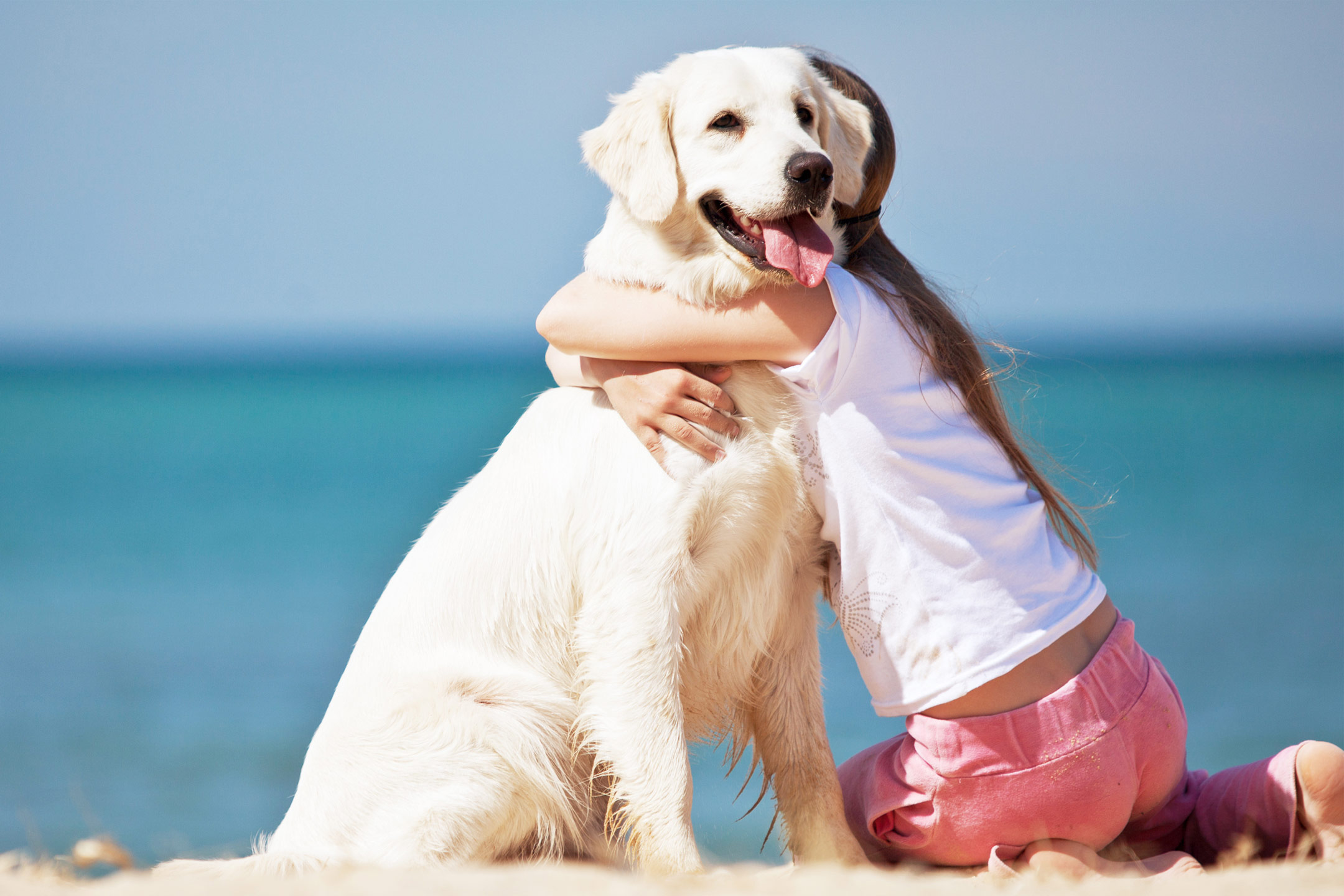
02 Feb 7 tips to prepare your dog for ‘back to school’ time
Dogs Australia is urging dog owners not to forget their pooches. The change in routine can cause many issues, including separation anxiety.
As children go back to school, Dogs Australia is urging dog owners to prepare the family dog for the return-to-school routine changes.
“The end of the school holidays typically brings a lot of change for kids and their parents as they return to school. And it’s important to remember that any time things change for people in the family, they also change for the family dog. Your pup could go from months of constant interaction to long days being completely alone,” says Hugh Gent OAM, President of Dogs Australia.
“Dogs are creatures of habit and when the routine changes, they can become scared, worried or anxious – and that can lead to destruction of furniture, barking or whining, digging, or urinating around the home. Separation anxiety is a major issue for dogs and often surfaces when the dog no longer has the kids to play with during the day. However, with some preparation, your furry family member will be able to adjust to the schedule changes.”

1. Create a new routine
Get your pup used to his/her new routine as soon as you can (before a new school year or term begins). Begin by leaving your dog alone at home for small periods to help them adjust. Take your dog out for a walk / toilet break at the same time on school days and set their meal routine to the new times. Establish a consistent routine and stick to it, so they can adjust more rapidly.
2. Exercise your dog
If you can’t walk your dog during the day, remember to leave enough time in the mornings for around 30 minutes of walking, jogging or playing. And once the kids are home, schedule another exercise or play session with your dog. A tired dog is a good dog!
3. Mental stimulation
Dogs sleep a great deal during the day. However, when they’re awake they want something to do. Leave toys and long-lasting chews and treats to keep your dog distracted while you and your kids are away from home. Food puzzles and interactive toys (such as rubber Kongs) filled with treats are great to keep them occupied – but be careful not to leave anything too small that could be chewed or swallowed.
4. Safe zone
Create a safe and secure zone or den for your dog to retreat to if they’re feeling anxious. If your dog has been crate-trained then they’ll be used to that as a safe spot. Otherwise, create a space somewhere else (e.g., in the laundry, in a small room, or the corner of a room) and ensure they have a comfortable bed, their favourite toys and plenty of water.
5. Dog walker or doggy daycare
If you’re concerned about your dog being left at home alone all day, consider using a dog walker or taking your dog to daycare on some days. The extra human interaction can work wonders.
6. Minimise distractions
If your dog gets distracted by outside noise, close curtains or blinds to reduce any distractions that might make them anxious and bark for prolonged periods. Playing music can also help to calm dogs and drown out unwanted external sounds.
7. Don’t make a fuss
Avoid making a big scene when you’re leaving or returning home. Keep it low-key and set a relaxing tone. While you might want to cuddle your dog or smother it in kisses when you depart or come home, stay calm. The extra affection might trigger your dog’s anticipation of your departure and it could reinforce how long you’ve been gone. You want your pup to understand that although you leave, you will return, so your departure isn’t anything to worry about.

